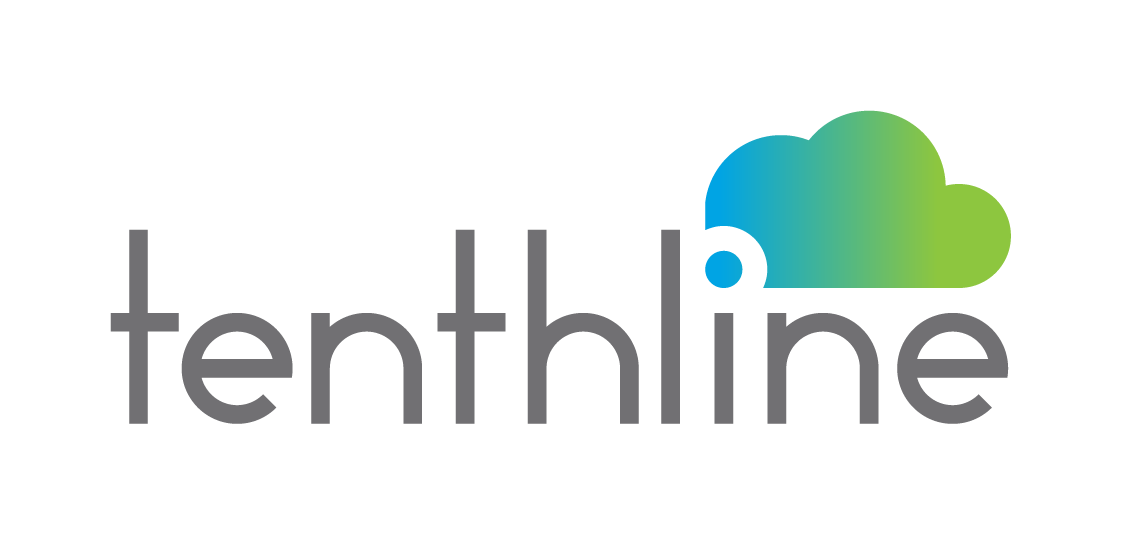In today’s digital age, cloud data storage has become one of the most popular ways for businesses to store and access their data. This is due to the many benefits that cloud storage offers, such as increased flexibility, scalability, and cost savings. However, with these benefits come risks. Without the proper security measures in place, businesses can leave themselves open to potential data breaches and other malicious cyber attacks. In this article, we will discuss some best practices for ensuring cloud data security.
Perform Regular Security Audits
Performing regular security audits on both your cloud infrastructure and applications is the first step in ensuring cloud security. This includes performing vulnerability scans, penetration tests, and code reviews to identify any security issues before they become a problem. Additionally, you should also monitor the activity on your cloud accounts to detect any suspicious behavior or malicious activity.
Vulnerability Scans
Vulnerability scans are automated tests that scan your cloud infrastructure for potential security vulnerabilities. These scans can identify vulnerabilities such as unpatched software, open ports, and weak passwords. Once identified, these vulnerabilities can be fixed before they are exploited by attackers.
Penetration Tests
Penetration tests are more thorough than vulnerability scans, as they simulate a real-world attack on your cloud infrastructure. During a penetration test, a trained security professional attempts to exploit vulnerabilities in your infrastructure to determine the level of risk and potential impact of a successful attack.
Code Reviews
Code reviews are another important component of regular security audits. During a code review, a trained security professional examines the code used in your cloud applications to identify potential security flaws. This can include issues such as SQL injection or cross-site scripting (XSS) vulnerabilities.
Monitor Activity
In addition to performing regular security audits, it’s important to monitor the activity on your cloud accounts to detect any suspicious behavior or malicious activity. This can include monitoring for unauthorized logins, unusual file access patterns, or large data transfers.
Encrypt Your Data
Encrypting your data is an effective way to protect it from unauthorized access or theft. Most cloud storage solutions provide encryption options that make it easy to encrypt both files and folders stored in the cloud. Additionally, you should also consider using encryption methods such as SSL/TLS or IPSec when transferring data over networks or sending emails containing sensitive information.
SSL/TLS Encryption
SSL/TLS encryption is a protocol used to encrypt data sent over the internet. This protocol encrypts data in transit between your computer and the cloud service provider’s servers, making it difficult for attackers to intercept and read the data.
IPSec Encryption
IPSec encryption is a protocol used to encrypt data sent over a network. This protocol is commonly used to establish secure connections between remote offices and data centers. By using IPSec encryption, you can ensure that data transmitted over the network is protected from unauthorized access or theft.
Implement Multi-Factor Authentication
Multi-factor authentication (MFA) requires users to log in with more than just a username and password – usually a combination of something they know (like a password) plus something they have (like their phone). Implementing MFA can help protect against unauthorized access by providing an additional layer of authentication for users attempting to gain access to your systems or accounts.
There are several different types of MFA, including:
SMS-based authentication: Users receive a one-time code via text message to enter as part of the login process.
Hardware token-based authentication: Users receive a physical device (like a USB key) that generates a one-time code that must be entered as part of the login process.
Mobile app-based authentication: Users download a mobile app that generates a one-time code that must be entered as part of the login process.
Implement Access Controls
Lastly, it’s important to implement access controls for user accounts so that only authorized users have access to sensitive information stored in the cloud. Contact us today to get started.


Leave A Comment